18 Proven Strategies to Drive Traffic to Shopify Store
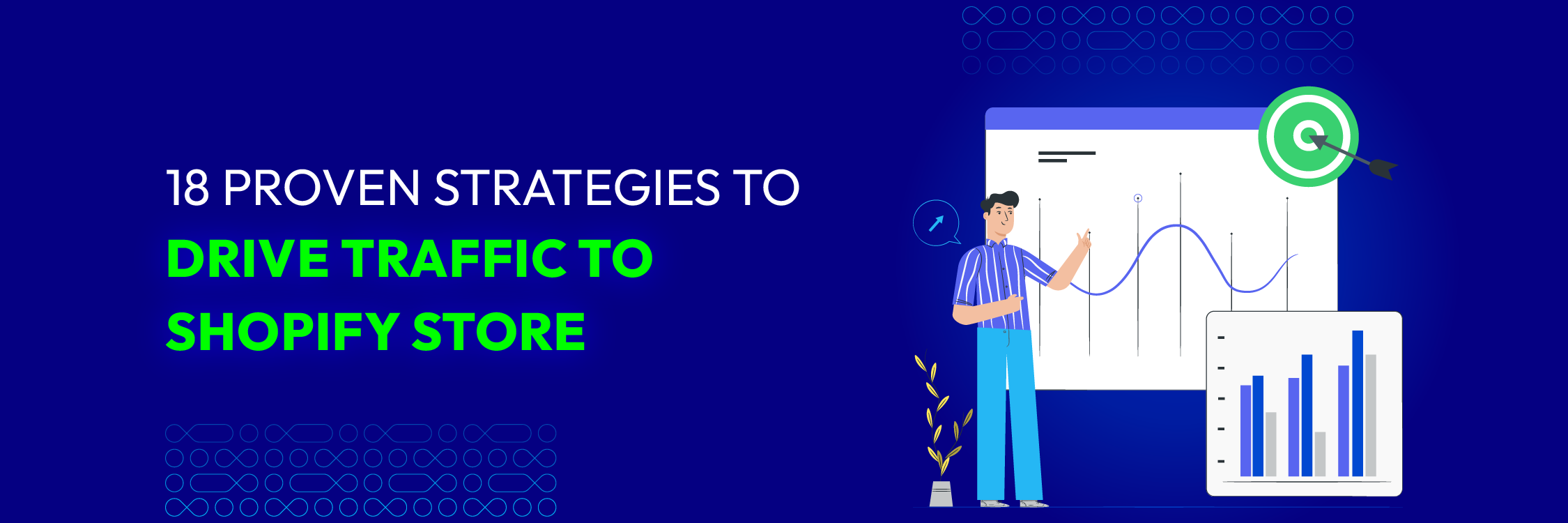
Have you invested a lot of time and effort into setting up your online store and preparing for the launch, but then find yourself confused by the lack of traffic?
Maybe you’ve had steady growth over the past few months but are now facing a traffic and sales slump. Or perhaps you’ve succeeded with a specific strategy to increase traffic and now want to explore other tactics to expand further.
Whether you’re aiming to attract your first customer or your thousandth, increasing traffic to your Shopify store is essential for business growth. With a conversion-optimized website, increasing traffic will bring in more potential customers, thereby boosting sales.
For this reason, here are 18 practical ways to increase traffic to your website, offering actionable strategies to not only attract visitors but also effectively convert them into loyal customers.
Why Driving Traffic to Your Shopify Store is Important
In the world of e-commerce, checking website traffic is a must for all marketers. Without traffic, there are no customers, and that means you won’t generate sales.
Traffic isn’t just a statistic; it represents the number of people interested in your products or services. Higher traffic translates to higher chances of successful conversions, increased sales, and business growth.
Additionally, traffic helps you build brand awareness, establish trust, and engage with potential customers. It also provides essential data on customer behavior, enabling you to optimize your business and marketing strategies.
Shopify Traffic Source Types
Shopify traffic sources are like different paths leading customers to your online store. Some folks find you through search engines, others click links on other sites, and some come straight from your emails. Social media, and brand name can send shoppers your way too!
Search: Paid and organic
A majority of consumers strongly favor shopping online and prefer to search for products within the search engines like Google, Bing, or Baidu rather than navigating to a specific online store. As such, your product needs to be displayed as either a link on an ad that you have paid for or ad listings on search engines (organic).
Referral
Referral traffic is when a referral traffic has led visitors to your online store through other sites (not a search engine). Typically, this is third-party traffic pointing directly to your site with a link.
This is the amount of traffic generated from your email marketing campaigns. The quantity of email traffic is a good measure as to how engaging and useful your emails are because it indicates that the email recipient engaged with or clicked the link to take time to visit your store rather than stay in their email.
Social
Social media traffic is simply the types of traffic coming to your website from all social media types of media platforms and networks. A best practice in measuring Social Media ROI is to determine from which platform the social traffic is generated and what it converts to.
Direct
Direct traffic means that the user knows your URL and types it right in their browser. This happens when a shopper has been to your website and the shopper’s browser search bar remembers your URL.
Branded
Branded traffic is defined as traffic to your online store and is directed from shoppers who have entered your brand or product name in the search queries. For example: “Bvlgari,” “Bvlgari Ring,” “Bvlgari Jewelry.” Typically this type of shopper is already familiar with products made by the company and therefore is more likely to purchase.
Now, let’s investigate paid advertisements as one of the most direct ways of increasing your Shopify website traffic. Based on research by Sixads, Facebook ads, Google ads, Instagram ads, and Pinterest ads are among the top ten most effective sources of traffic for e-commerce.
Reasons Why Your Traffic is Low
It would be a shame if you invested heavily in your Shopify store business plan but faced traffic issues due to the following reasons:
Target Audience Misidentification
One of the fundamental reasons, which not all stores get right, is misidentifying the target audience.
When you don’t clearly understand your target audience, creating content and marketing strategies becomes vague and ineffective.
Therefore, having a clear grasp of demographic, psychological, behavioral characteristics, and the needs of your target customers is crucial to optimizing your marketing strategy and increasing traffic to your store.
Low-Quality Images/Videos
Low-quality images and videos not only detract from your store’s professionalism but also diminish its credibility in the minds of customers.
The more competitive the market, the more your competitors will invest in providing an engaging UI-UX experience for customers. Investing in high-quality images and videos is crucial for successfully attracting and retaining customers.
You will never regret investing in the quality of images and videos on your store, as it will help you increase traffic to your Shopify store.
Unappealing Content
High-quality and engaging content is critical in attracting and retaining customers. If your content does not provide the necessary value that customers need, it will not be sufficient to spark their interest, and they will have no motivation to revisit your website.
Therefore, always ensure that you are providing engaging, useful, and attractive content to your target audience to optimize traffic for your Shopify store.
No Obvious Social Media Links
One simple reason for low traffic to your Shopify store is unclear social media links. Many customers prefer to contact brands through social media for direct communication and to ask questions about products or services.
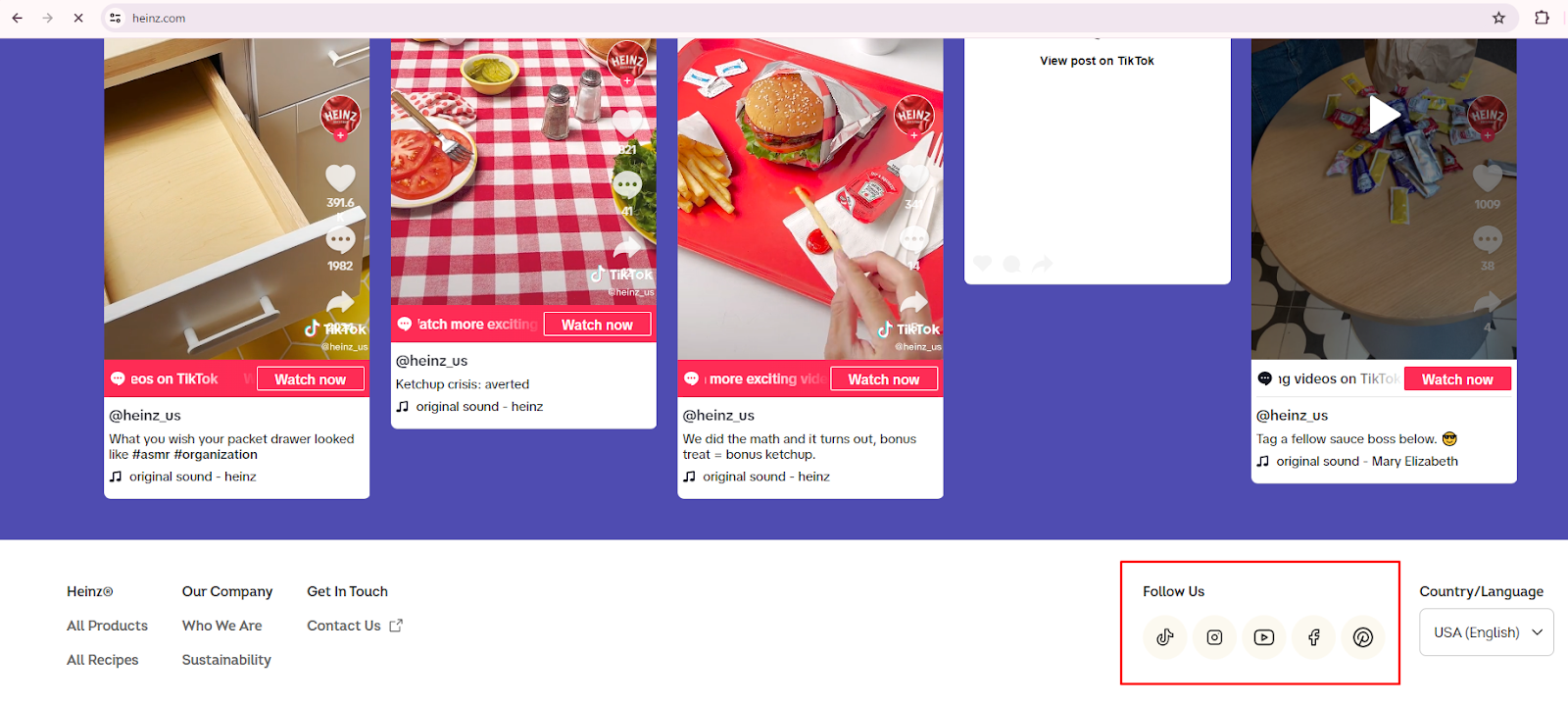
However, if they encounter obstacles in finding the store’s social media channels, they may not get their queries answered and might choose not to buy from you.
Address this issue by adding social media icons to your Shopify store that link to your profiles and regularly update information related to your store, products, or services.
No Information Pages
The lack of essential information pages can also hinder traffic to your Shopify store.
Information pages like About Us, Policy, Terms of Service, and Contact not only help build trust but also provide crucial information for customers, making it easier for them to learn and contact the business whenever they need.
Ensure that your Shopify store has all the necessary information pages to increase its professionalism and reliability.
Lack of Promotions and Offers
A significant motivator for online shopping is attractive promotions and offers, which help drive traffic to your Shopify store and encourage purchasing behavior.
Creating unique and appealing promotional programs is an effective way to attract and retain customers, thereby driving traffic to your Shopify store.
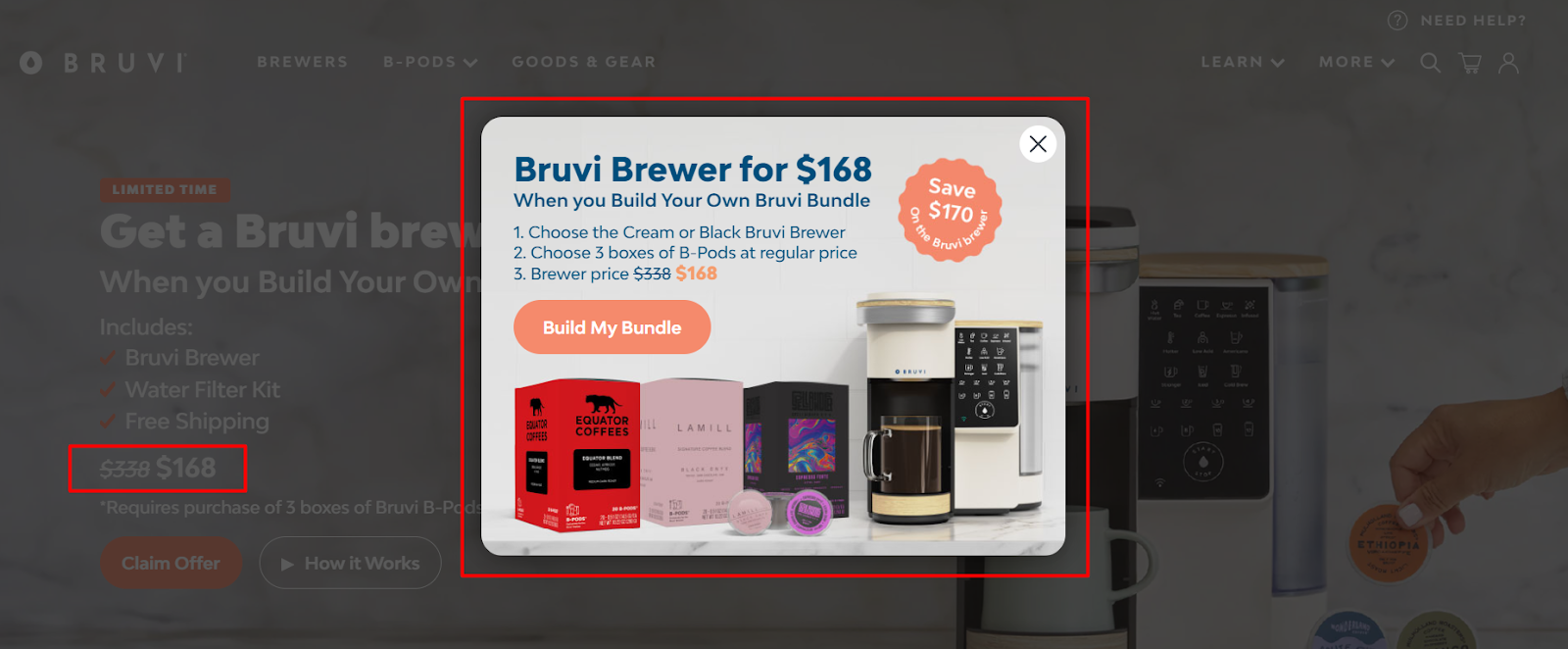
20+ Ways to Drive Traffic to Your Shopify Store
In fact, increasing traffic can be done in two ways: a short-term approach and a long-term approach. Short-term tactics yield quicker results but require more maintenance or reinvestment. On the other hand, long-term tactics to drive traffic to Shopify store require minimal maintenance but take longer to produce results.
Make sure that the benefits and costs of each tactic are assessed before implementing it.
Don’t forget to consider aspects like ROI (return on investment), effort, cost, and traffic potential. To make it easier, we’ve categorized each tactic. Here’s the list:
Leverage Social Media Platforms
In our increasingly connected world, social media platforms offer a golden opportunity to engage with potential customers and showcase your brand’s personality. But it’s not just about posting product photos and hoping for the best. To truly exploit social media, you must generate captivating content that connects with your target audience.
There are various ways to boost your social media engagement, such as:
Creating Content That Connects
DO NOT post random content! Think about what your target customers would find valuable or entertaining. Maybe it’s behind-the-scenes glimpses of your production process, or perhaps it’s helpful tips related to your product niche. Whatever you choose, aiming for authenticity and consistency will help you much to drive traffic to Shopify store.
Engage your real followers
Social media is a two-way street. Encourage conversations by asking questions and responding promptly to comments and messages. Mention related people on your social media and add more valuable insights!
Avoid yapping or sounding like salesy! You can try to provide the “useful” information instead: solve any issues that your customer meets. The more you interact with your followers, the more likely they are to continue sharing posts about your company. Just like the marketing campaign of Dumbclub, thanks to the consistent customer, they got millions of tags on their social media (TikTok and Instagram).
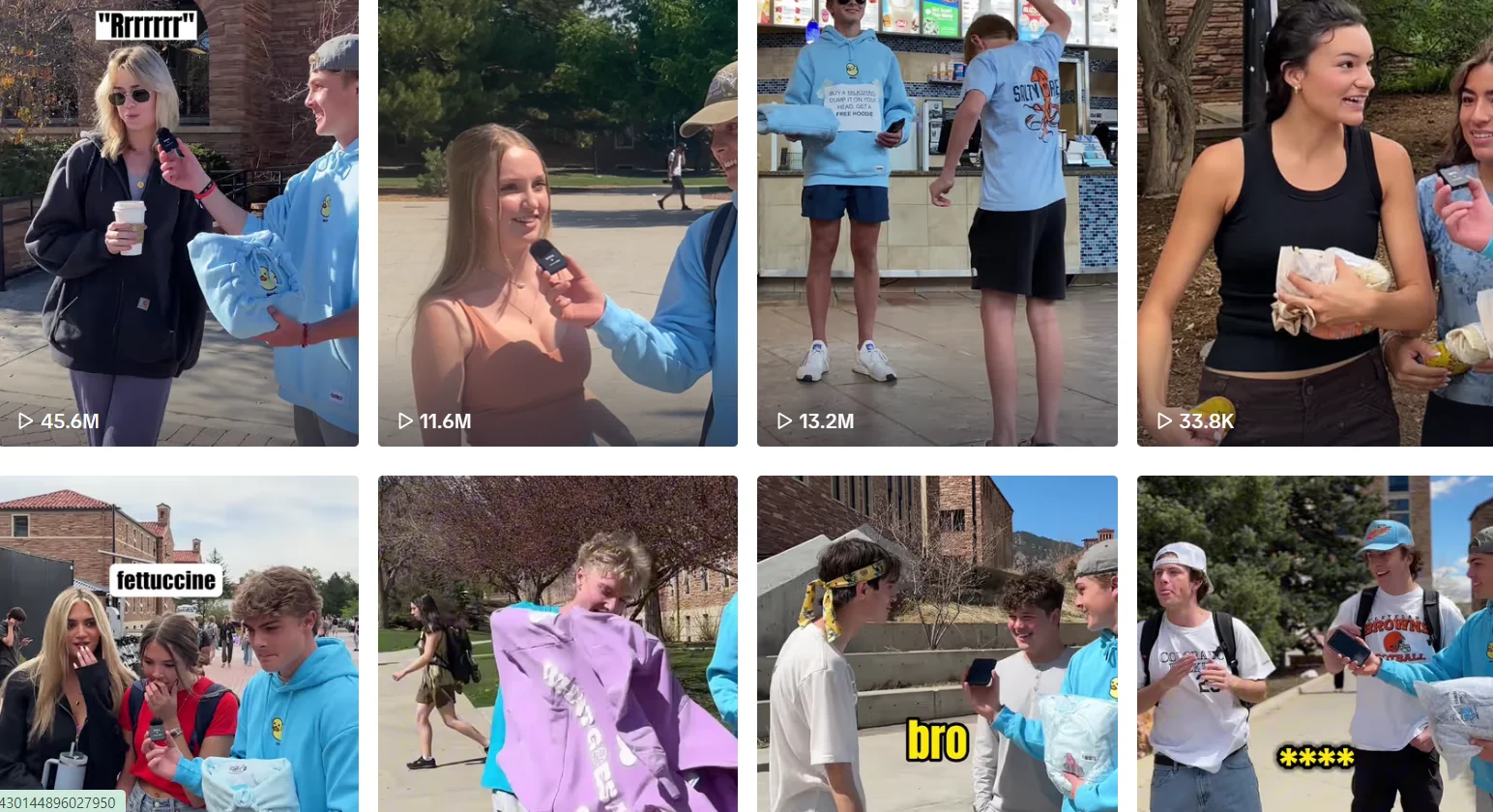
Source:Tiktok
Ask your closes to join
Do not worry if your page has not had followers yet. Try to ask your family and close friends to share your website on their profiles to drive traffic to Shopify store. These are people who care about you and are likely to help simply out of kindness.
Instead of asking them to purchase your products, having them share with their network is already a huge help. Studies show that 92% of shoppers trust recommendations from people they know more than traditional ads.
Tip: Personalize your request to each person to avoid coming across as spammy. And always remember to express gratitude for their support in spreading the word about your business!
Turning Followers into Advocates
Your existing followers can be powerful allies in growing your reach. Consider running contests or giveaways that incentivize sharing. Not only does this expand your visibility, but it also creates excitement around your brand. Research shows that 54.4% of participants will share a promotion on at least one social media platform. You can also try setting up a loyalty or referral program to encourage repeat purchases and bring in new customers.
With nearly two-thirds of social media traffic to Shopify stores originating, Facebook is the most effective platform. In fact, an overwhelming 85% of all social media-driven sales occur via Facebook.
Optimize for Search Engines
While social media can immediately drive traffic to Shopify store website, search engine optimization (SEO) is a long-term strategy that can provide consistent traffic over time. The key is to understand your customers’ interest, what they are searching for and how to make your store visible in those search results.
Keyword Research: The Foundation of SEO
Start by putting yourself in your customers’ shoes. What terms would they use to search for products like yours? Pay attention to long-tail keywords ( 3–5 words long) to target niche demographics. Tools like Google’s Keyword Planner or Semrush can help you identify relevant keywords with good search volume. Once you have a list of target keywords, incorporate them naturally into your product descriptions, page titles, and meta descriptions.
Content: More Than Just Product Descriptions
To really boost your SEO efforts, consider starting a blog on your Shopify store. This allows you to create in-depth content around topics related to your products, establishing your brand as an authority in your niche. For example, if you sell kitchen appliances, you could write articles about cooking tips, recipe ideas, or the latest culinary trends. This not only helps with SEO but also provides value to your potential customers, building trust and credibility.
Keep the content format varied like blog posts, videos, podcasts ads, social media posts, and ebooks. This will keep the excitement of buyers toward buying. Maximize the way to drive traffic to Shopify store by using “trending keywords”, use Ahref or Google Trends to find out what question your customers are wondering, and be the first to write about it!
Use backlinking and internal linking
Linking to trustworthy websites is a strong SEO strategy. When you refer to reliable sources, Google sees your site as more trustworthy. But, don’t just focus on backlinks! Another great way to improve your Shopify store’s visibility in search results is through internal linking. Organizing your site’s internal structure makes it easier for Google to understand and crawl.
Pro tip: Thoughtfully link your collections and product descriptions, and use anchor text that provides meaningful context about the content on the linked page.
Consider search intent
Google’s main focus is to understand what users are looking for when they search. This is called search intent. It means the main goal a user has when they enter a search. For example, if someone wants to start a streetwear brand, they would prefer an article that explains the steps rather than one that doesn’t. Other things like good content, using the right keywords, and having links to your site are also important to drive traffic to Shopify store. But they don’t matter much if your website doesn’t meet what users are searching for.
Paid Advertising: A Shortcut to Visibility
While organic strategies are important, sometimes you need a quicker boost in traffic- short-term drive traffic to Shopify store tactic. This is where paid advertising comes in. Platforms like Google Ads, Facebook Ads, Instagram Ads, Pinterest Ads, and TikTok ads allow you to put your products in front of potential customers who are likely to be interested in what you’re selling.
Targeting the Right Audience
The beauty of digital advertising is the ability to target very specific demographics and interests. Take the time to define your ideal customer persona and use this information to set up your ad targeting. For instance, if you sell eco-friendly baby products, you might target new parents who have shown interest in sustainability.
Crafting Compelling Ad Creatives
Remember, you’re competing for attention in a crowded digital space. Your ads need to stand out and quickly communicate your value proposition. Use high-quality images or videos to show off about your products, write compelling ad copy that speaks to your target audience’s needs or desires. Do not forget the most important part: CTA ( Call-to-action).
With Billions of active users on social media platforms, it gonna be quick to drive traffic to Shopify store and boost your sales progress. Keep in mind to switch your social media into a business account before running an ads campaign!
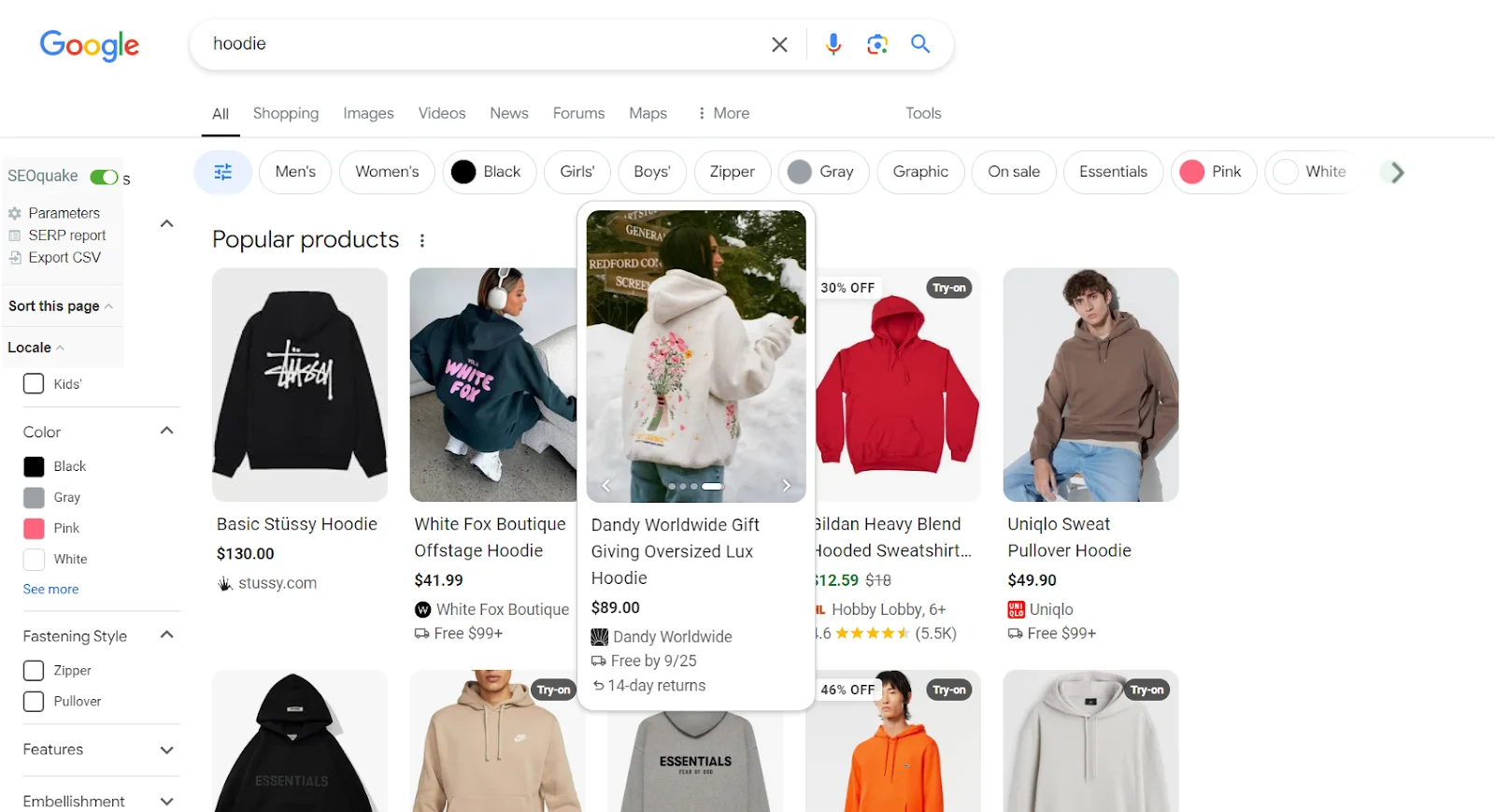
Collaborate and Connect
It all goes to show that in the electronic commerce business, two is indeed better than one. Sponsorship deals allow your brand to reach new customers and give credence to your brand to customer identify with it.
Influencer Partnerships
Influencer marketing is one of the most effective ways to deliver traffic and sales to companies today. The trick is to identify accounts whose followers represent your target demographic group. But in some ways – micro influencers with the small but highly involved audience can bring more ROIs than the celebrities with millions followers.
This is why when collaborating with the influencers, go for genuine collaborations. Let them go ahead and sell your products to their readers in their style which is most natural to the readers. It will bring traffic to Shopify store and sounds more genuine to the target audience than a direct call to buy something as in a basic advertisement.
To collaborate with influencers, you can consider the following approaches:
Offer free samples: A majority of smaller influencers don’t mind getting some products for free only for them to post it on a post or a reel. And if ever they are using your product, you are sure that they will willingly give you good word to say.
Sponsored posts: Influencer Marketing is typically structured this way, this is a common tactic which brands often employ. As of today, using the #ad tag, there are 3,8M posts on Insta. Advertiser content refers to paying the influencers to post about your product, using it in a post, story, or reel in front of their audience.
Write a blog post featuring an influencer’s advice: It is statistically confirmed that 77% internet users find blog as interesting and they read blog posts every time. By showcasing and integrating the expert advice of an influencer in your material, you can inspire the individual to link to the article and … direkt some of those prospects to your Shopify store.
Social media takeovers: Give an influencer your Instagram or Facebook handle to takeover your stories for the day in an attempt to pull their followers to your page.
It is possible to contact influencers directly via their social media accounts or use the Influencer Marketing Hub resource. Be sure to choose influencers whose audience closely matches your target market.
Cross-Promotions with Complementary Brands
Look for businesses that complement yours but aren’t direct competitors. For example, if you sell yoga mats, you might partner with a company that sells workout clothes or health supplements. You could run joint promotions to drive traffic to Shopify stores, create bundled offerings, or simply cross-promote each other on social media. This allows you to tap into each other’s customer bases, potentially driving new traffic to your store.
Email Marketing
While much of our focus has been on attracting new visitors, don’t forget about the power of email marketing to bring previous visitors back to your store. Email allows you to build long-term relationships with your customers, keeping your brand top-of-mind and encouraging repeat visits and purchases.
Building Your Email List
Offer something of value in exchange for email sign-ups. This could be a discount on their first purchase, exclusive content, or early access to new products. Place sign-up forms strategically throughout your site, but be careful not to be too intrusive.
Crafting Engaging Emails
Your emails to drive traffic to Shopify store should provide value, not just promotional content. Mix in helpful tips, behind-the-scenes content, or customer stories alongside your product promotions. Personalize your emails based on customer behavior or preferences for better engagement. And always include clear calls-to-action that bring readers back to your store.
Remember, driving traffic to your Shopify store is an ongoing process that requires consistent effort and experimentation. What works for one store may not work for another, so it’s important to regularly analyze your results and adjust your strategies accordingly. By implementing these tactics and continually refining your approach, you’ll be well on your way to increasing visibility and attracting more potential customers to your online store.
Conclusion
Increasing traffic to your Shopify store is not an easy task, but with the right strategies and tools, you can achieve this. Combine free and paid strategies to optimize traffic and conversion success.
By focusing on providing value to customers and maintaining consistency in marketing campaigns, you will see significant growth in sales and brand awareness.
Start implementing these strategies today to enhance the shopping experience and boost revenue for your Shopify store.








